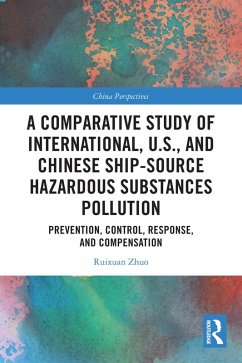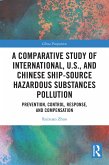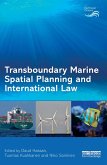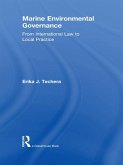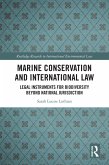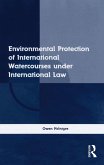Through case studies of major ship-source hazardous substances pollution incidents in the United States and China, the author concludes that prevention, control, and response measures must be considered alongside conflicts between pollution control objectives and other economic, social, and political constraints. Additionally, in China, prevention, control, and response efforts are constrained by a narrow definition of damage, insufficient liability limits, and underdeveloped insurance and supplementary funding mechanisms, despite the consideration of environmental claims in the compensation regimes. The author calls for adequate legal institutions that include discharge standards and permits, emergency response protocols, strict compensation standards, limited defenses, a supplementary compensation fund, and comprehensive enforcement that integrates national regulations and international cooperation.
This book serves as a useful reference for students, scholars, and legal professionals specializing in shipping, maritime, and environmental law.
Dieser Download kann aus rechtlichen Gründen nur mit Rechnungsadresse in A, B, BG, CY, CZ, D, DK, EW, E, FIN, F, GR, HR, H, IRL, I, LT, L, LR, M, NL, PL, P, R, S, SLO, SK ausgeliefert werden.

